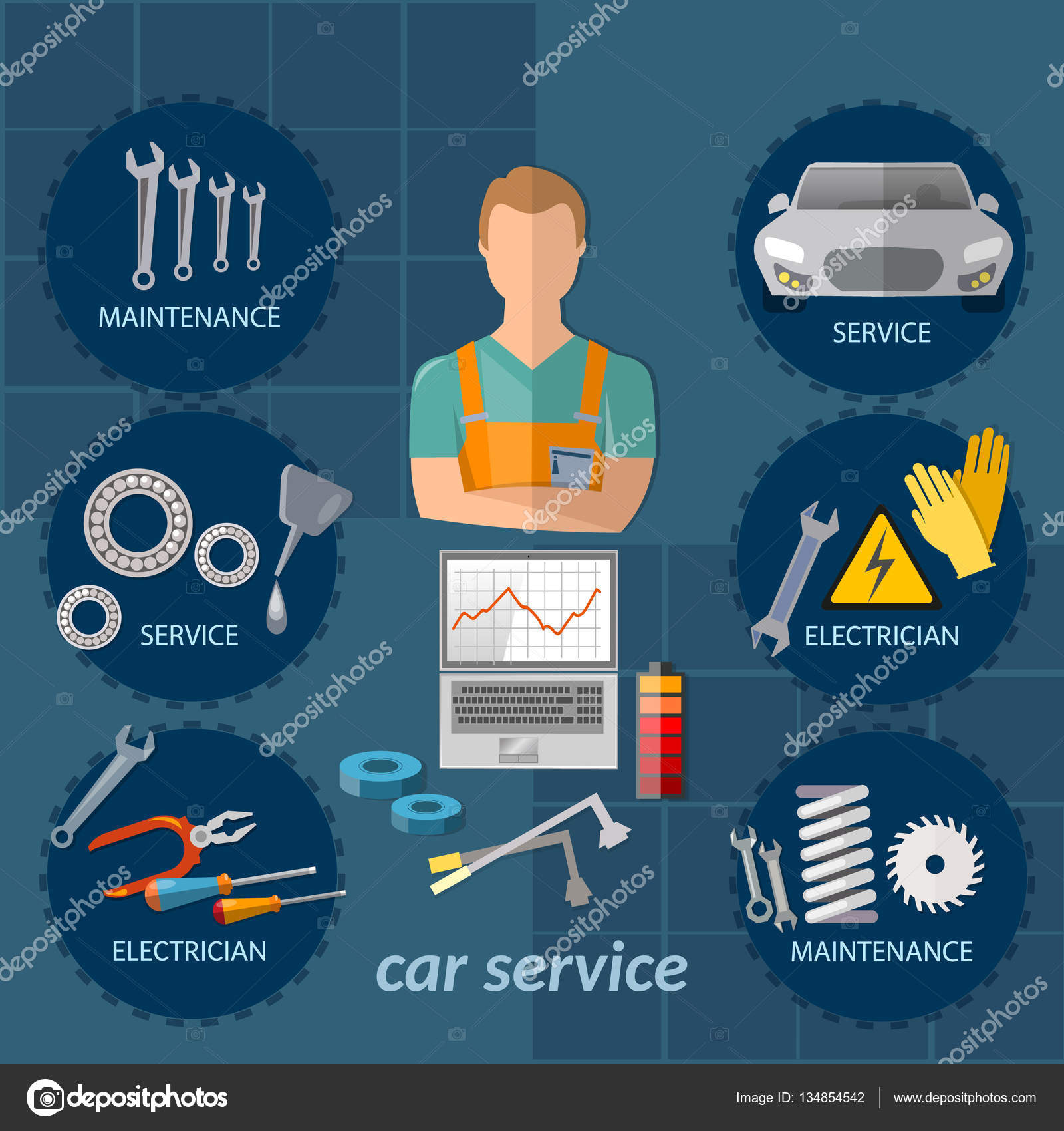A Newcomer'S Manual For Interpreting Your Auto'S Alert Lighting
A Newcomer'S Manual For Interpreting Your Auto'S Alert Lighting
Blog Article
Content By-Udsen Lindegaard
When you're behind the wheel, those little caution lights on your auto's control panel can be fairly puzzling. What do they indicate, and should you be worried? Recognizing these signals is critical for your car's health, however it doesn't have to be a challenging task. By translating the secret behind each light, you'll be equipped to take care of prospective concerns efficiently and maintain your cars and truck running smoothly. So, next time a caution light flashes, do not panic - arm on your own with understanding and take control of the circumstance.
Significance of Car Caution Lights
Recognizing the significance of your vehicle's warning lights is vital for keeping your car's health and wellness. These lights act as your vehicle's interaction system, notifying you to prospective problems that can threaten your safety and security when driving or bring about pricey fixings if overlooked. By taking notice of these warnings, you can address issues early and avoid additional damages to your car.
Ignoring advising lights can lead to serious repercussions, such as engine failure, brake breakdowns, or perhaps accidents. These lights are created to inform you of concerns varying from reduced tire stress to engine breakdowns, offering you the chance to act prior to the circumstance worsens. Routinely checking and comprehending these cautions can save you time, cash, and ensure your security while driving.
Along with maintaining you safe, reacting quickly to cautioning lights can likewise aid extend the life-span of your car. By resolving concerns beforehand, you can protect against small issues from intensifying into major repair work, ultimately saving you time and money in the future. Remember, your car's warning lights are there for a factor - do not disregard them!
Common Warning Lighting and Meanings
When it comes to driving your vehicle, knowing typical warning lights and their meanings is necessary for your safety and car maintenance. Here are a few common caution lights you may encounter:
1. ** Inspect Engine Light **: This light indicates a problem with your engine. It could be something minor like a loose gas cap or something much more significant like engine misfiring.
2. ** Battery Light **: This light signals a trouble with your vehicle's billing system. It can indicate a malfunctioning battery, generator, or various other relevant components.
3. ** Oil Stress Light **: When this light comes on, it implies your engine may be running low on oil or experiencing low oil pressure, which can cause engine damage if not dealt with quickly.
4. ** Brake System Light **: This light shows a concern with your braking system. It could mean low brake fluid levels or an issue with the brake system that requires instant interest.
Recognizing these usual caution lights will aid you recognize potential problems early on and protect against more significant troubles down the road.
Exactly how to Respond to Warning Lighting
In the event that a warning light illuminates on your car's control panel, it's critical to respond quickly and suitably. When a warning light comes on, the first step is to consult your proprietor's handbook to comprehend the certain issue indicated by the light.
just click the next web page need immediate attention, while others might suggest a less urgent issue. If the warning light is red or blinking, it's generally an indicator of a major trouble that requires immediate action. In such situations, it's suggested to pull over safely, turn off the engine, and look for professional help.
For yellow or orange caution lights, while they might not need immediate focus, it's still vital to address the underlying issue quickly to prevent further damages. Routine upkeep and evaluation can help avoid cautioning lights from coming on suddenly.
Conclusion
In conclusion, recognizing your automobile's warning lights is essential for keeping your automobile's health and safety. By frequently inspecting and reacting to these warnings, you can attend to prospective problems early and avoid costly fixings or safety risks. learn this here now in mind to consult your owner's guidebook for details on various caution lights and constantly take immediate action for red or flashing lights. Stay aggressive and keep your car running smoothly!
